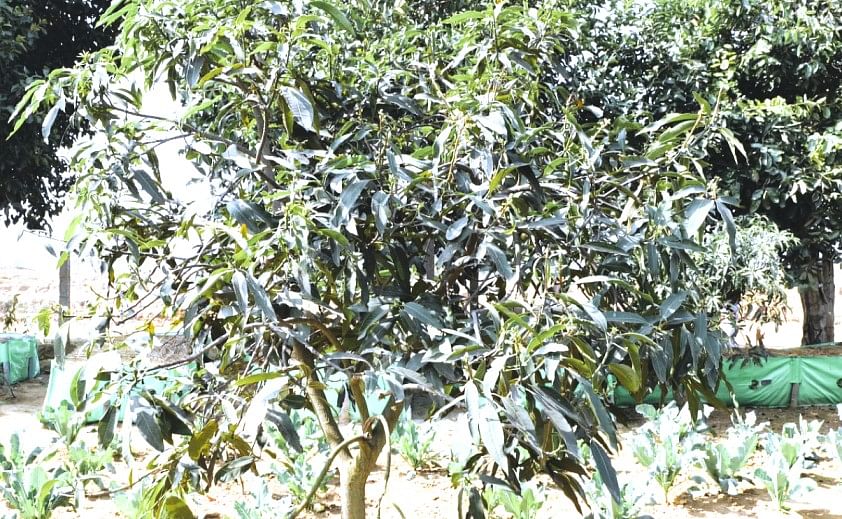
Mangoes, belonging to the cashew family, are vital commercial fruit crops in several countries, notably India, China, Pakistan, Mexico, and Thailand. Despite its economic significance, mango cultivation faces numerous challenges, including various pathogens like root rot, anthracnose, dieback, and leaf spot. Among these, powdery mildew, caused by the fungus Oidium Mangiferae, stands out as one of the most prevalent and damaging diseases, leading to more than 50 per cent of crop losses in severe conditions.
The onset of the disease is anticipated between the initial week of February and the concluding week of March. Currently, there are concerns about the incidence of powdery mildew in Uttar Pradesh, making it imperative for farmers to remain vigilant, especially as it may affect inflorescences in the coming weeks.
Oidium Mangiferae Berthet: Culprit Behind Mango Powdery Mildew
Oidium Mangiferae Berthet is the fungus responsible for powdery mildew in mango trees. Widely distributed across mango cultivation areas, this fungus primarily infects panicles, fruits, and leaves. Notably, mango is the sole known host of this pathogen, making it a significant threat to mango varieties worldwide.
Manifestations of Powdery Mildew on Different Parts of Mango Tree
The disease is characterized by a distinctive white powdery growth caused by the fungus. This growth contains numerous conidia arranged in chains on conidiophores, making it easily identifiable.
Symptoms on Mango Leaves
-
Curling and Distortion: Younger leaves on certain cultivars are particularly prone to infection, often resulting in curling and distortion. In contrast, older leaves generally exhibit greater resistance to the disease.
-
Necrotic Lesions: Grayish, necrotic lesions or large, irregularly shaped spots can develop on leaves affected by the disease. In highly susceptible cultivars, the youngest leaves may become entirely coated with fungal spores and mycelium, leading to their eventual death.
-
Whitish Residue: On certain cultivars, a whitish residue of fungus often appears on the lower surface of leaves, particularly along the leaf midrib.
Symptoms on Panicles
-
Whitish Powdery Growth: Infected panicles, comprising flowers, flower stalks, and young fruits, become coated with a whitish powdery growth.
-
Fruit Lesions: Fruits infected post-set exhibit purple-brown blotchy lesions, which later crack and form corky tissue as the fruitlet enlarges.
-
Fruit Drop & Abortion: Infected flowers and fruits eventually dry and turn brown. Flowers are prone to crumbling upon touch, and infection can lead to flower and small fruit abortion.
Effective Management Strategies for Mango Powdery Mildew
Managing powdery mildew initially involves reducing primary inoculum by pruning diseased leaves and malformed panicles. Subsequently, a three-spray fungicide regimen is recommended:
-
First Spray: Utilize wettable sulfur (0.2%) when panicles reach 8-10 cm in size as a preventive measure.
-
Second Spray: Apply dinocap (0.1%) 10-15 days after the first spray.
-
Third Spray: Employ tridemorph (0.1%) 10-15 days after the second spray.
Spraying Approaches to Infection Severity
-
Low to Moderate Incidence: Wettable sulfur may suffice for all three sprays.
-
High Incidence: If more than 10 percent of panicles are affected, consider using tebuconazole + trifloxystrobin (0.05%), hexaconazole (0.1%), or sulfur (0.2%).
Powdery mildew poses a significant threat to mango cultivation, with potentially devastating consequences for yields. However, with timely intervention and adherence to effective management practices, farmers can mitigate the impact of this disease and safeguard their mango crops for optimal productivity.











